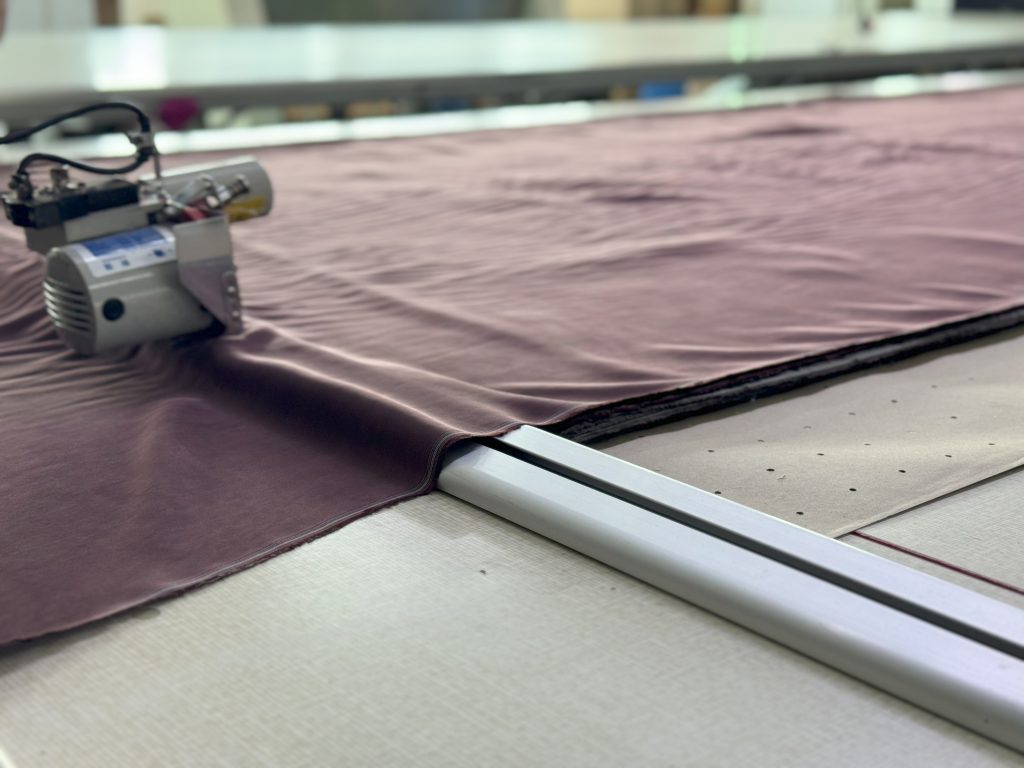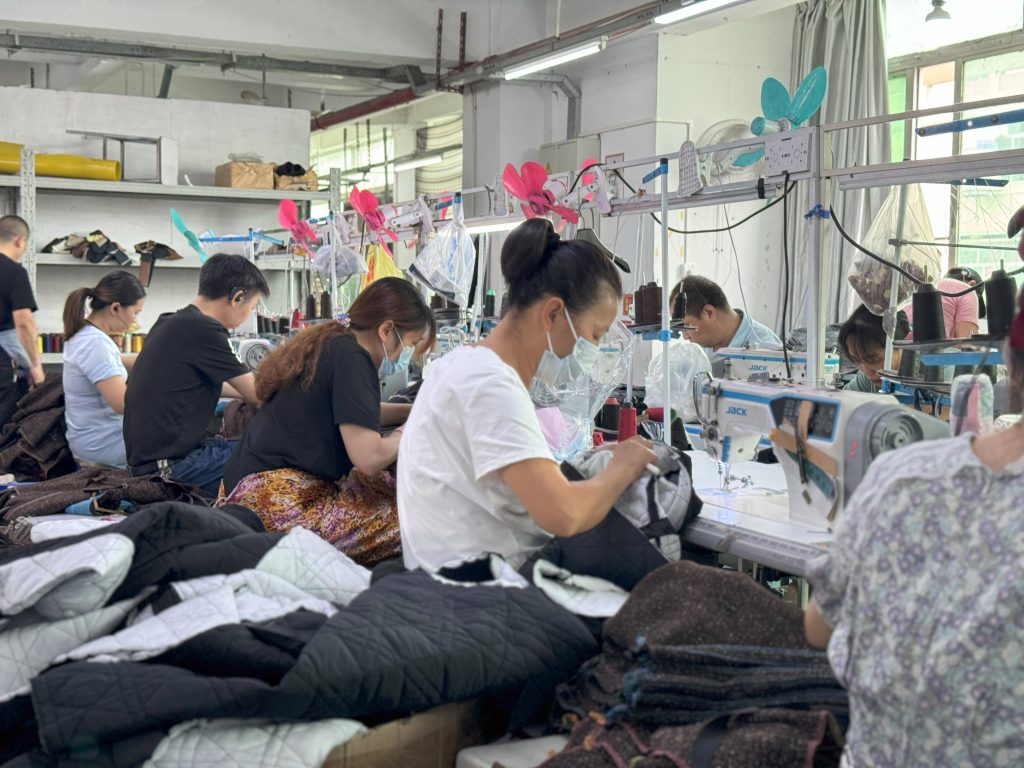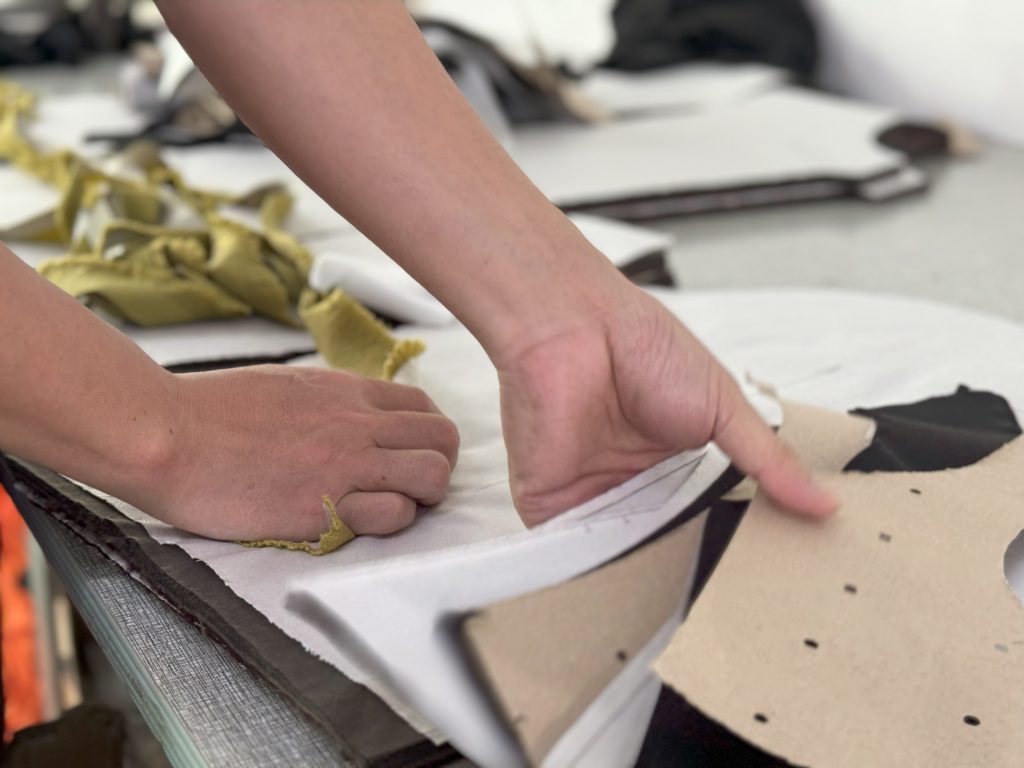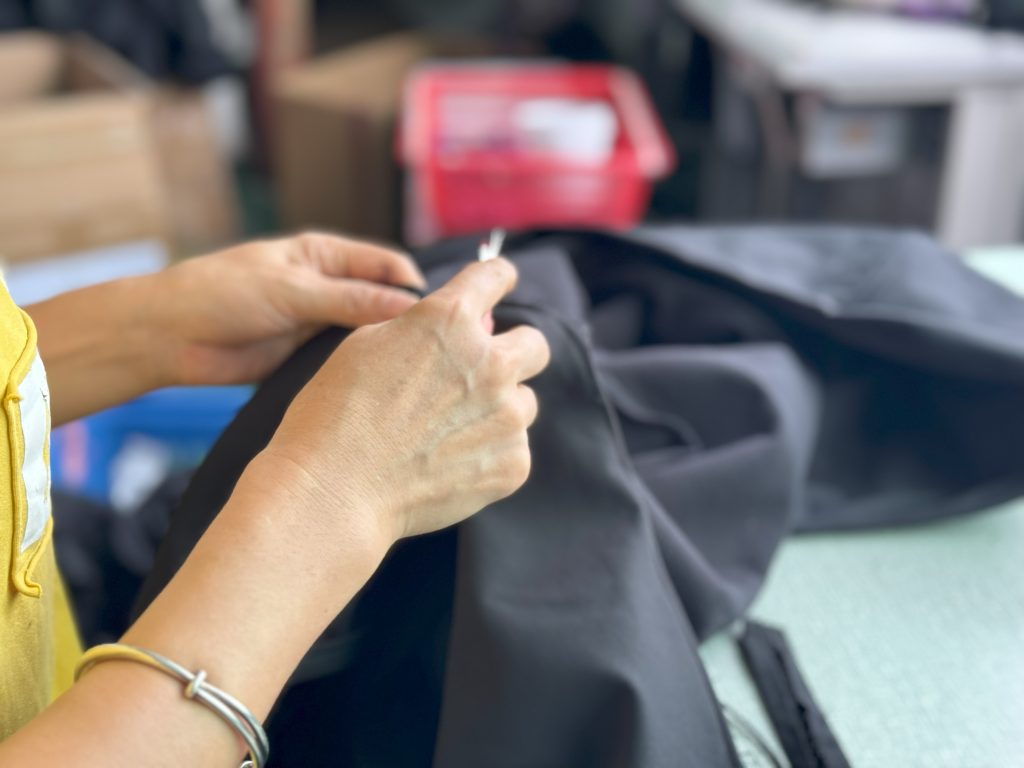Global Threads: Navigating the Labyrinth of International Compliance in the Clothing Manufacturer
In a globalized world, the fashion supply chain stretches across continents, weaving through a myriad of regulatory landscapes. Navigating global compliance is not merely about adhering to rules; it’s a testament to a brand’s commitment to quality, ethics, and sustainability. Here’s a comprehensive look at the intricacies of meeting international standards in the fashion supply chain:
Understanding Regional Regulations:
Every region comes with its set of regulations governing labor practices, environmental standards, and quality compliance. Understanding and adhering to these regional regulations is the first step towards global compliance.

International Standards and Certifications:
Securing international certifications like ISO, Fair Trade, or Organic certifications reflects a brand’s adherence to globally recognized standards. These certifications are a hallmark of quality, sustainability, and ethical practices.
Continuous Monitoring and Auditing:
Regular monitoring and auditing of operations, suppliers, and manufacturing processes ensure continuous adherence to compliance standards. It helps in identifying areas of improvement and ensuring corrective actions are taken promptly.
Technology-Enabled Compliance Management:
Leveraging technology to manage compliance can significantly streamline the process. Compliance management software, real-time monitoring systems, and data analytics can provide valuable insights, ensuring proactive compliance management.

Supplier and Vendor Compliance:
Ensuring that suppliers and vendors also adhere to the required compliance standards is crucial. It extends the compliance umbrella across the supply chain, ensuring a holistic adherence to international standards.
Transparency and Reporting:
Transparent reporting of compliance practices, audits, and corrective actions enhances brand credibility. It also fosters consumer trust and reflects a brand’s commitment to ethical and compliant operations.
Training and Education:
Educating the workforce, suppliers, and stakeholders on compliance requirements and best practices is fundamental. It cultivates a culture of compliance and ensures everyone in the supply chain is aligned with the global compliance objectives.
Engaging with Compliance Bodies:
Engagement with compliance bodies and industry associations can provide valuable insights, guidance, and support in navigating the complex landscape of global compliance.

Global compliance in the fashion supply chain is a multifaceted endeavor. It embodies a brand’s pledge to uphold quality, ethics, and sustainability on a global stage. As the fashion supply chain continues to weave across borders, embracing a robust compliance framework is the key to crafting a globally respected and responsible fashion narrative.
kno112023-05
Google: D&J Fashion Manufacturer
Leave us a Google Review
Facebook: dnjfashionofficial
Instagram: dnj_fashion_official
Linkedin: D&J Garment Manufacturing and Supply Chain
Pinterest: dnjfashion
Youtube: @dnjfashion_official
Tik Tok: @dnj_fashion

